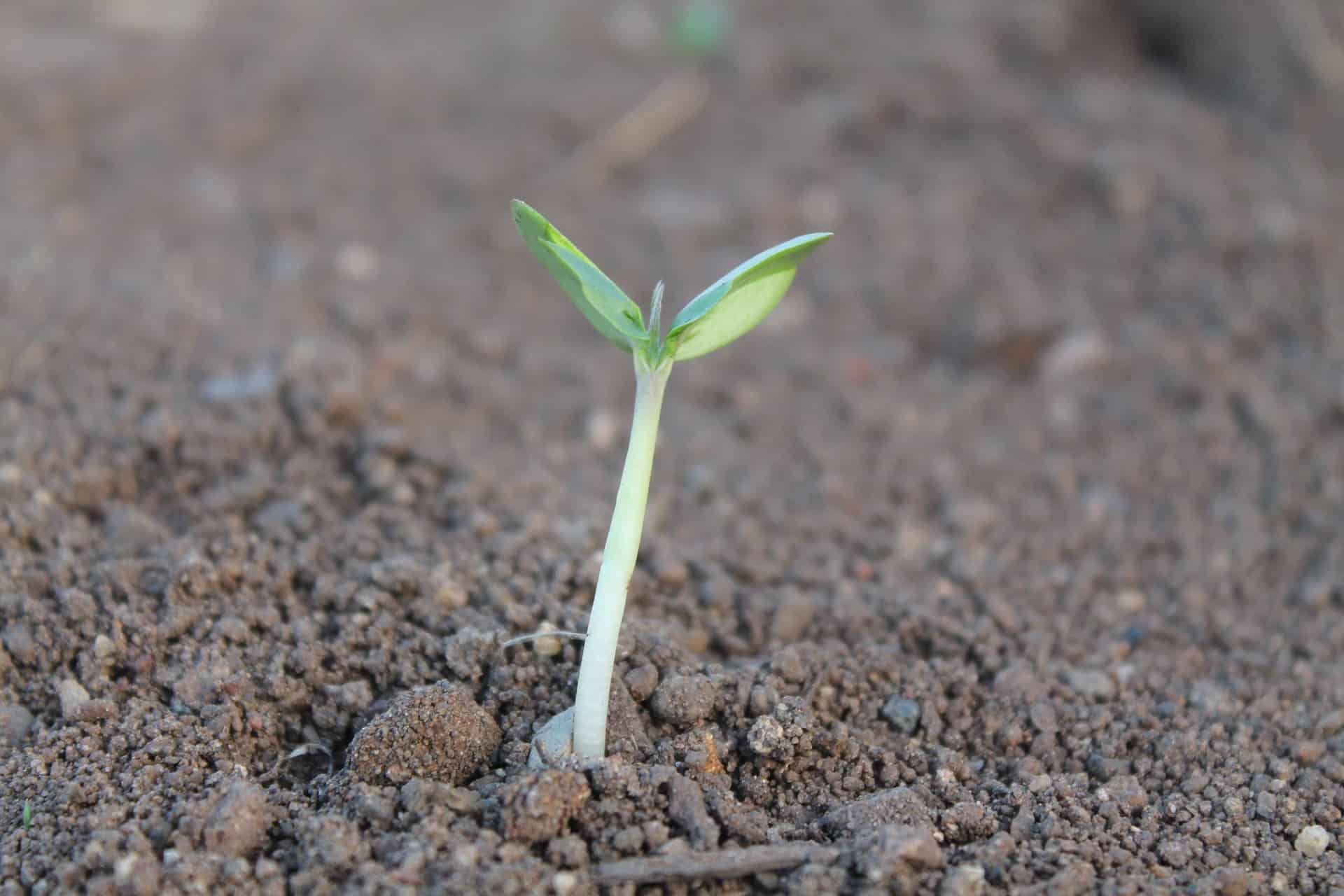
An international research team led by Prof. Matthias C. Rillig has published a study in Nature Climate Change revealing that multiple natural and human stressors are reducing biodiversity and soil functioning in soil ecosystems worldwide. Key stressors include droughts, warming, exposure to harmful chemicals, and microplastics. The team has published their findings in Nature Climate Change.
In their groundbreaking study, the researchers analysed data from two global standardized field surveys on soils and a range of natural and human factors known to affect soil ecosystems. Fifteen ecosystem variables were categorised into six main types of ecosystem services: organic-matter decomposition, soil biodiversity, pathogen control, plant productivity, water regulation, and nutrient cycling. Seven environmental variables were defined as stressors based on their potential to cause environmental stress when they reach high levels: aridity, temperature, seasonality, salinity, distance from neutral pH, levels of heavy metals, and human influence. Pesticides and microplastics were also considered, as data were available for a subset of locations in one of the global field surveys.
By counting the number of environmental stressors that passed a given threshold value (75% of maximum stressor levels), the researchers found that an increased number of factors above a certain threshold reduced the soils’ capacity to support ecosystem services. This increasing number of threshold-exceeding stressors could explain soil reactions that, to date, could not be attributed to the type of stressors alone, as stated by Prof. Rillig.
Implications for soil biodiversity and functioning
As a result of the study, it became evident that humans must reduce their impact on ecosystems by decreasing the number of factors that negatively affect soil processes and soil biodiversity. The combination of human influences collectively affects soil processes and soil ecosystem biodiversity, and if the extent of this problem (i.e., the number of stressors that exceed a critical threshold) is not reduced, we run the risk of losing important ecosystem services. Prof. Rillig warns that the consequences of not addressing these issues could be dire for both the environment and humanity.
While the study took a primarily observational approach, the researchers were able to discover patterns but could not draw any direct conclusions regarding causality. This means that additional research will be required to explain the connection between the number of stressors and the ecosystem’s reaction. The effects of multiple concurrent factors on other types of ecosystems (for example, aquatic systems) could also provide a potential future avenue of study.
The need for global action
Soil ecosystems play a crucial role in supporting life on Earth. They provide essential services such as carbon storage, food provision, water regulation, and nutrient cycling. The findings from this study highlight the urgent need for global action to mitigate the effects of multiple stressors on soil ecosystems. By addressing the human-induced factors that contribute to the degradation of soil biodiversity and functioning, we can work towards preserving these vital ecosystems and the services they provide.
Implementing sustainable land management practices, reducing the use of harmful chemicals, and promoting responsible resource extraction are just a few of the measures that can be taken to alleviate the pressure on soil ecosystems. It is crucial that governments, industries, and individuals recognise the importance of these ecosystems and take action to ensure their preservation for future generations.

